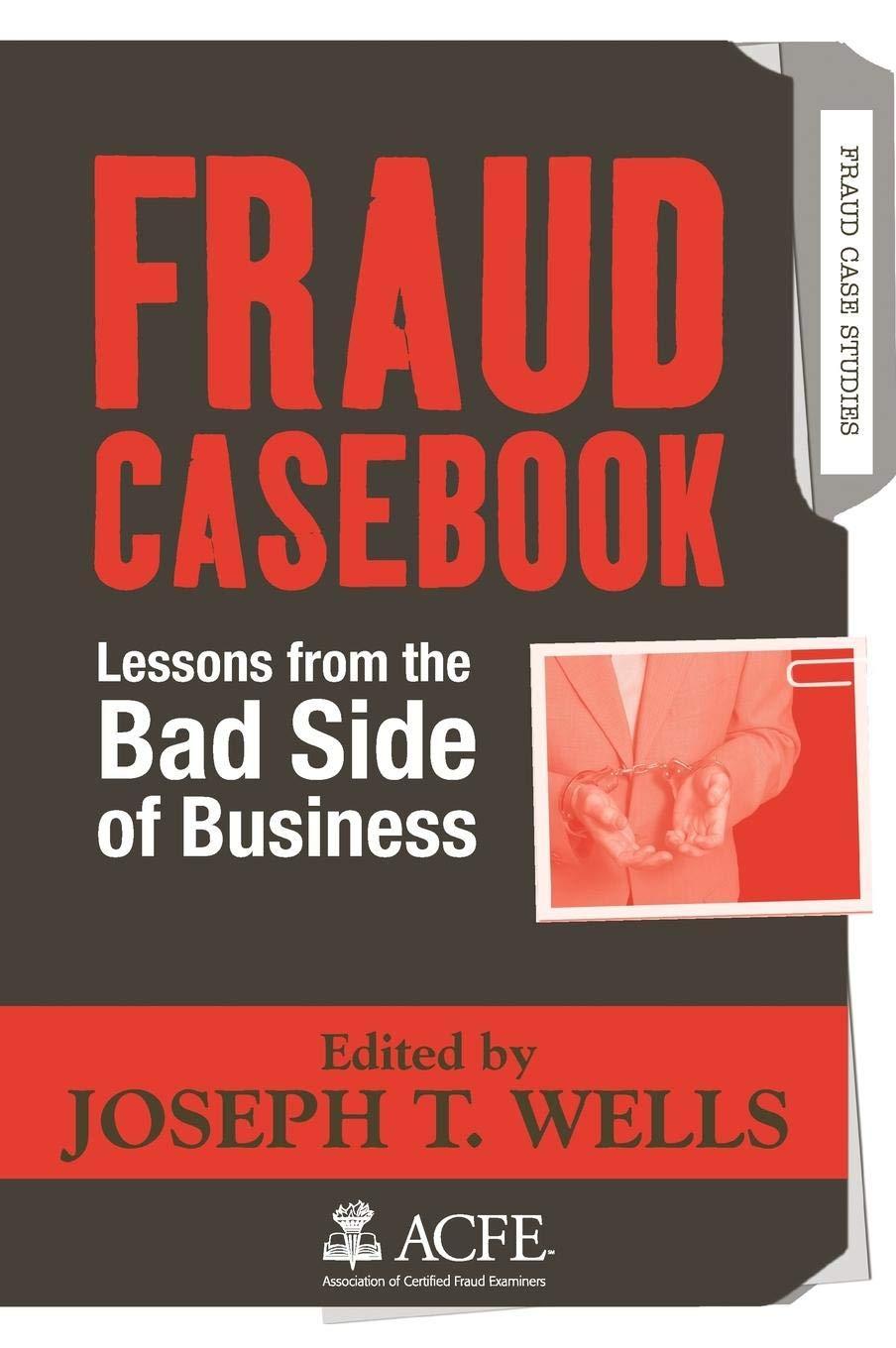


Lori, who is single, purchased 5-year class property for $200,000 and 7-year class property for $420,000 on May 20, 2018. Lori expects the taxable income derived from her business (without regard to the amount expensed under 179) to be about $550,000. Lori has determined that she should elect immediate 179 expensing in the amount of $520,000, but she doesn't know which asset she should completely expense under 179. She does not claim any available additional first-year depreciation. Click here to access Exhibit 8.1 and the depreciation table to use for this problem If an amount is zero, enter "o". a. Determine Lori's total cost recovery deduction if the 179 expense is first taken with respect to the 5-year class asset 5-year class property Immediate expense deduction under S 179 320,000 Regular MACRS 7-year class property Immediate expense deduction under S 179 100,000 Regular MACRS Total deduction b. Determine Lori's total cost recovery deduction if the 179 expense is first taken with respect to the 7-year class asset. 7-year class property Immediate expense deduction under S 179 Regular MACRS 5-year class property Immediate expense deduction under g 179 Regular MACRS Total deduction c. If $ 179 expense is first allocated to the seven-year class property, the deduction for the year would be larger. For parts d. and e. Assume a 6% discount rate with the following present value factors: Year 1: 1.000, Year 2: 0.9434; Year 3: 0.8900, Year 4: 08396, year : 0.7921, Year 6:0.7473, Year 7: 0.7050, Year 8:0.6651 Round each present value computation to the nearest cent. Round your final answer to the nearest dollar. d. Assume that Lori is in the 24% marginal tax bracket and that she uses 179 on the 7-year asset The present value of the tax savings from the depreciation deductions for both assets e. Assume that Lori is in the 24% marginal tax bracket and that Lori decides not to use 179 on either asset. The present value of the tax savings under this choice is $ Lori should expense the asset. Lori, who is single, purchased 5-year class property for $200,000 and 7-year class property for $420,000 on May 20, 2018. Lori expects the taxable income derived from her business (without regard to the amount expensed under 179) to be about $550,000. Lori has determined that she should elect immediate 179 expensing in the amount of $520,000, but she doesn't know which asset she should completely expense under 179. She does not claim any available additional first-year depreciation. Click here to access Exhibit 8.1 and the depreciation table to use for this problem If an amount is zero, enter "o". a. Determine Lori's total cost recovery deduction if the 179 expense is first taken with respect to the 5-year class asset 5-year class property Immediate expense deduction under S 179 320,000 Regular MACRS 7-year class property Immediate expense deduction under S 179 100,000 Regular MACRS Total deduction b. Determine Lori's total cost recovery deduction if the 179 expense is first taken with respect to the 7-year class asset. 7-year class property Immediate expense deduction under S 179 Regular MACRS 5-year class property Immediate expense deduction under g 179 Regular MACRS Total deduction c. If $ 179 expense is first allocated to the seven-year class property, the deduction for the year would be larger. For parts d. and e. Assume a 6% discount rate with the following present value factors: Year 1: 1.000, Year 2: 0.9434; Year 3: 0.8900, Year 4: 08396, year : 0.7921, Year 6:0.7473, Year 7: 0.7050, Year 8:0.6651 Round each present value computation to the nearest cent. Round your final answer to the nearest dollar. d. Assume that Lori is in the 24% marginal tax bracket and that she uses 179 on the 7-year asset The present value of the tax savings from the depreciation deductions for both assets e. Assume that Lori is in the 24% marginal tax bracket and that Lori decides not to use 179 on either asset. The present value of the tax savings under this choice is $ Lori should expense the asset









